Chipotle Mexican Grill’s stock has dropped 50%. That’s a big move, but the business itself remains strong, which makes this situation very interesting. When a company with solid fundamentals experiences such a decline, it often creates opportunities for long-term investors.
Billman, a respected long-term investor, has praised Chipotle repeatedly. He believes the company will return to growth. In fact, despite the headline decline in same-store sales, Chipotle is still expanding. That’s the key point: growth hasn’t stopped, even if the macro environment looks shaky.
Same-Store Sales and Macro Challenges
Same-store sales declined, but this was largely due to a tough comparison against the prior year’s 11% growth. That’s not a small hurdle. Combine that with a weaker macro environment—lower income levels and broader economic pressures—and you get short-term headwinds.
Yet, Chipotle continues to innovate and expand. They’re targeting 7,000 new locations across America, Mexico, and the Middle East. That’s aggressive expansion, and it shows management is focused on long-term growth rather than short-term noise.
Revenue Growth Despite Declines
Even with same-store sales down, revenues are still growing. Why? Because Chipotle is investing heavily in new stores and ideas. Opening 350 to 370 new stores adds roughly 5% growth on top of their current footprint. That’s not insignificant.
The company has the money to invest, which means earnings could grow even more in the future. This is a classic case of short-term pain but long-term gain.
| Metric |
Detail |
| Same-store sales |
Declined due to 11% tough comparison |
| New store openings |
350–370 planned |
| Growth impact |
~5% additional growth |
| Expansion target |
7,000 locations globally |
Debt and Liabilities
One of the strongest aspects of Chipotle’s balance sheet is its lack of debt. They do have lease liabilities for restaurants, but that’s not the same as traditional debt. If leases are closed, those liabilities disappear. This financial flexibility is a huge advantage, especially in uncertain times.
On top of that, Chipotle is aggressively repurchasing shares. When the stock price drops, they double down on buybacks. In the trailing 12 months, they’ve spent about $2 billion on repurchases. That’s a clear signal of confidence from management.
Buybacks and Returns
Buybacks matter. At $2 billion annually, Chipotle is effectively returning 5% to shareholders just through repurchases. Add in 7% growth from operations, and you’re looking at a potential 12% long-term return.
This is the kind of math value investors love. Even if growth slows, buybacks alone provide a meaningful cushion.
| Factor |
Contribution to Return |
| Buybacks |
~5% |
| Organic growth |
5–7% |
| Combined long-term return |
~12% |
Lessons from the Past
Chipotle has faced crises before. The salmonella scandal was a major blow, but the company recovered. Billman himself bought during that crisis, showing his confidence in the long-term story. Over time, he trimmed his position as valuations became stretched.
Now, after the recent crash, valuations look fair again. That’s why this moment feels like déjà vu: a good business, temporarily beaten down, with strong fundamentals intact.
Cash Flow and Capital Allocation
Looking at cash from operations and capital expenditures, Chipotle shows high returns on investment. After funding growth, they still have $1.5 to $2 billion available for buybacks. That’s powerful.
Even without growth, buybacks alone provide a 5% return. Add inflation-driven growth (3%) and investments (4%), and you’re already at 10%+ expected returns.
| Source of Return |
Estimate |
| Buybacks |
3.5–5% |
| Inflation growth |
~3% |
| Investment-driven growth |
~4% |
| Total |
10–12% |
Risk and Reward Quadrant
Of course, there are risks. Macro headwinds remain. A recession could push the stock lower. But Chipotle has shown it will double down on buybacks during downturns, which benefits long-term holders.
On a value investing quadrant, Chipotle sits at medium risk but with strong reward potential. That’s exactly the kind of setup value investors look for: not risk-free, but attractive enough to warrant attention.
Valuation and Opportunity
With a price-to-earnings ratio around 12, Chipotle looks cheap relative to its growth prospects. For a company still expanding globally, with no debt, strong cash flow, and aggressive buybacks, that’s compelling.
This is why many investors—including Billman—see Chipotle as a good business worth watching closely.
Final Verdict: Buy, Hold, or Sell?
Chipotle is not without challenges. Same-store sales are under pressure, and macro conditions are weakening. But the fundamentals—growth, buybacks, no debt—remain strong.
For long-term investors, this looks like a buy. The combination of 10–12% expected returns, fair valuation, and strong management execution makes Chipotle an attractive opportunity.
https://youtu.be/sq2rTrWVUu4?si=9Tr6YUnRSbiJaw4D
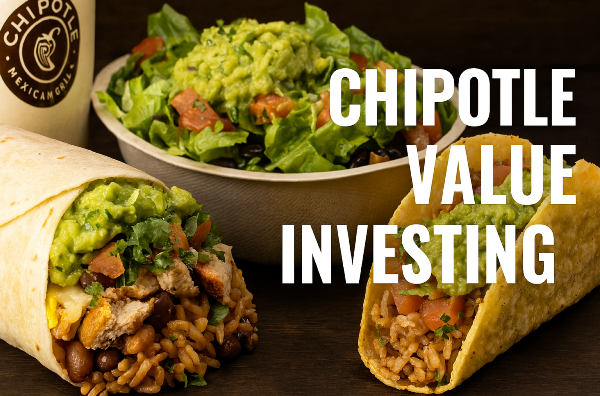

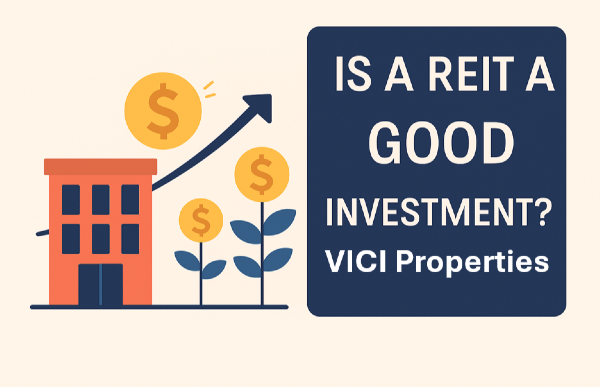
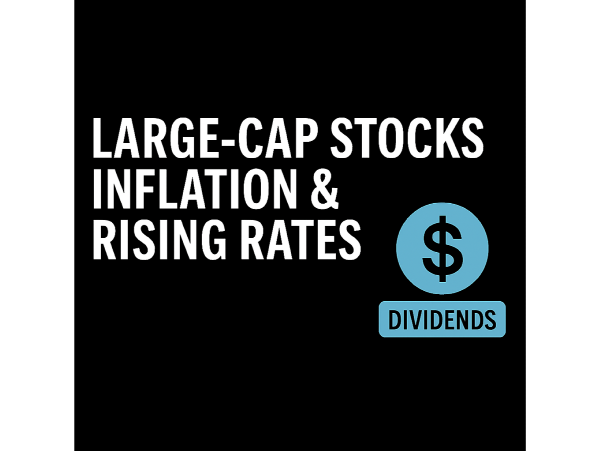
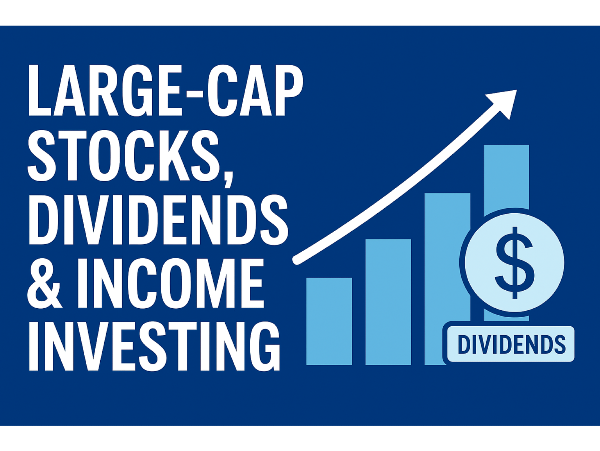
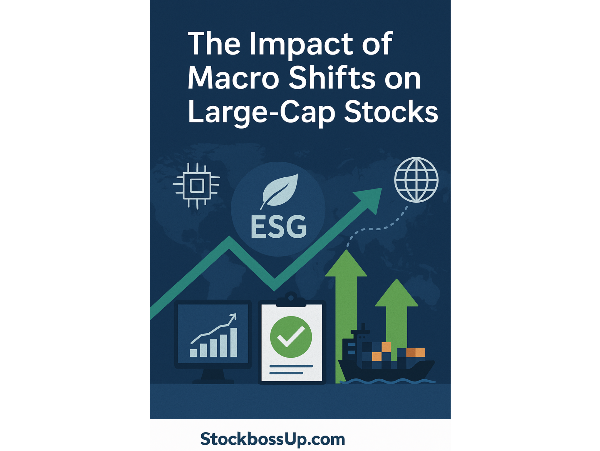
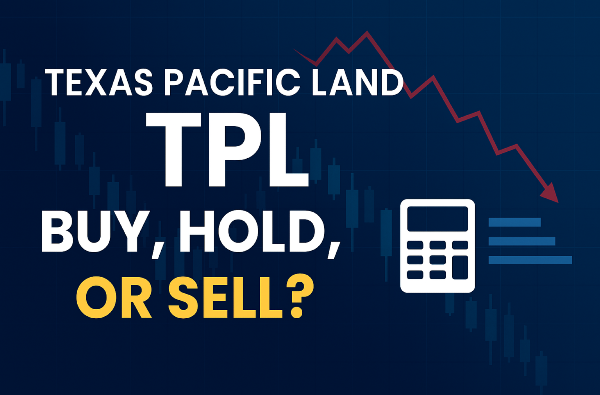

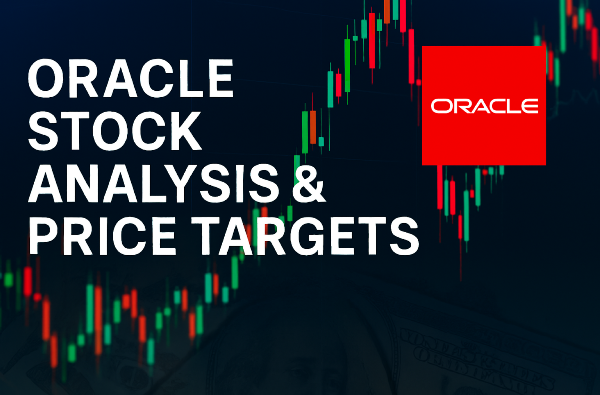

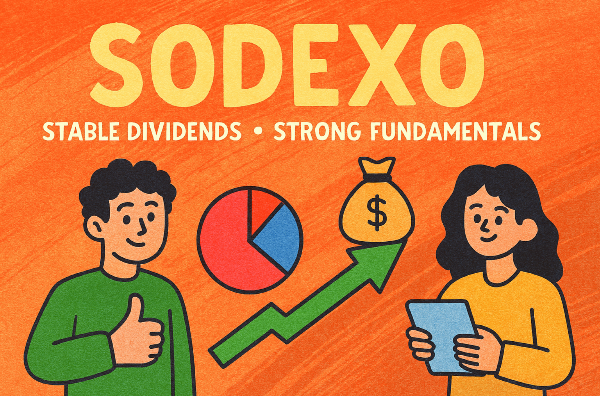
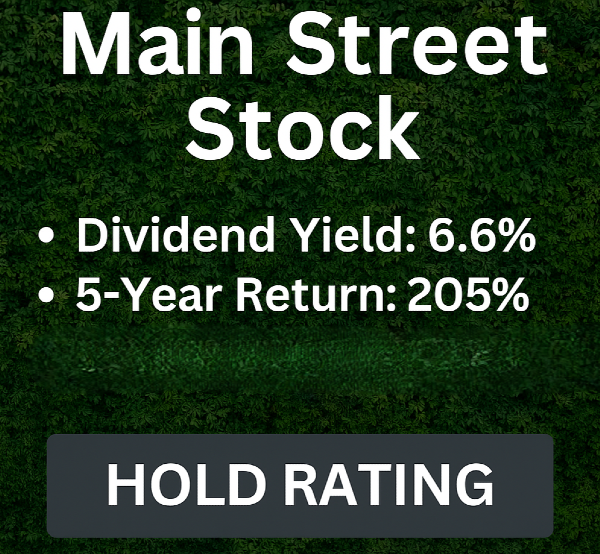
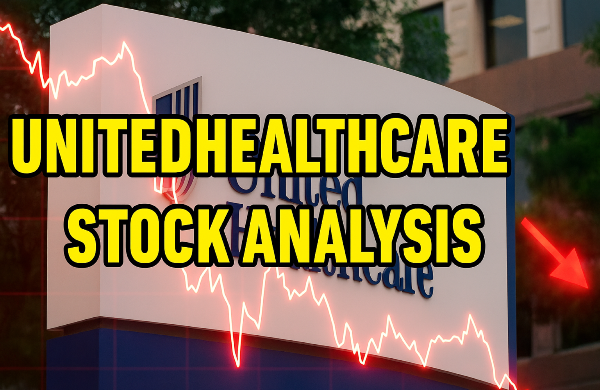
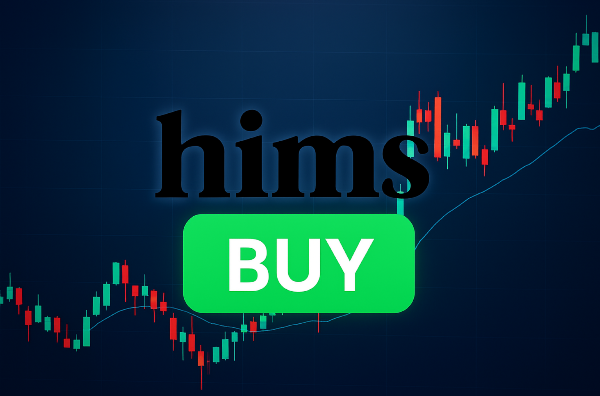
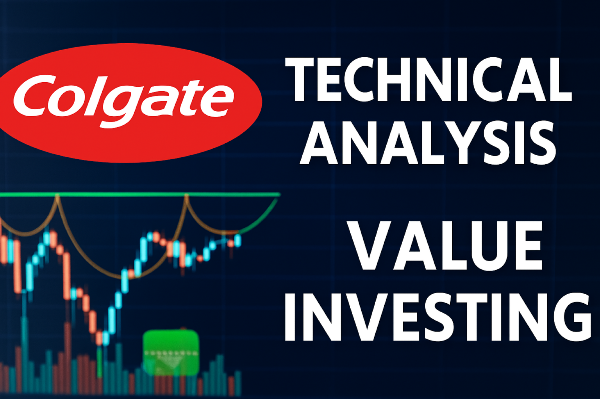




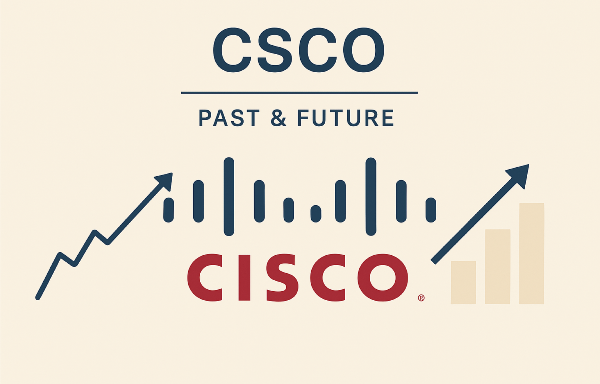










Chipotle Mexican Grill’s stock has dropped 50%. That’s a big move, but the business itself remains strong, which makes this situation very interesting. When a company with solid fundamentals experiences such a decline, it often creates opportunities for long-term investors.
Billman, a respected long-term investor, has praised Chipotle repeatedly. He believes the company will return to growth. In fact, despite the headline decline in same-store sales, Chipotle is still expanding. That’s the key point: growth hasn’t stopped, even if the macro environment looks shaky.
Same-Store Sales and Macro Challenges
Same-store sales declined, but this was largely due to a tough comparison against the prior year’s 11% growth. That’s not a small hurdle. Combine that with a weaker macro environment—lower income levels and broader economic pressures—and you get short-term headwinds.
Yet, Chipotle continues to innovate and expand. They’re targeting 7,000 new locations across America, Mexico, and the Middle East. That’s aggressive expansion, and it shows management is focused on long-term growth rather than short-term noise.
Revenue Growth Despite Declines
Even with same-store sales down, revenues are still growing. Why? Because Chipotle is investing heavily in new stores and ideas. Opening 350 to 370 new stores adds roughly 5% growth on top of their current footprint. That’s not insignificant.
The company has the money to invest, which means earnings could grow even more in the future. This is a classic case of short-term pain but long-term gain.
Debt and Liabilities
One of the strongest aspects of Chipotle’s balance sheet is its lack of debt. They do have lease liabilities for restaurants, but that’s not the same as traditional debt. If leases are closed, those liabilities disappear. This financial flexibility is a huge advantage, especially in uncertain times.
On top of that, Chipotle is aggressively repurchasing shares. When the stock price drops, they double down on buybacks. In the trailing 12 months, they’ve spent about $2 billion on repurchases. That’s a clear signal of confidence from management.
Buybacks and Returns
Buybacks matter. At $2 billion annually, Chipotle is effectively returning 5% to shareholders just through repurchases. Add in 7% growth from operations, and you’re looking at a potential 12% long-term return.
This is the kind of math value investors love. Even if growth slows, buybacks alone provide a meaningful cushion.
Lessons from the Past
Chipotle has faced crises before. The salmonella scandal was a major blow, but the company recovered. Billman himself bought during that crisis, showing his confidence in the long-term story. Over time, he trimmed his position as valuations became stretched.
Now, after the recent crash, valuations look fair again. That’s why this moment feels like déjà vu: a good business, temporarily beaten down, with strong fundamentals intact.
Cash Flow and Capital Allocation
Looking at cash from operations and capital expenditures, Chipotle shows high returns on investment. After funding growth, they still have $1.5 to $2 billion available for buybacks. That’s powerful.
Even without growth, buybacks alone provide a 5% return. Add inflation-driven growth (
3%) and investments (4%), and you’re already at 10%+ expected returns.Risk and Reward Quadrant
Of course, there are risks. Macro headwinds remain. A recession could push the stock lower. But Chipotle has shown it will double down on buybacks during downturns, which benefits long-term holders.
On a value investing quadrant, Chipotle sits at medium risk but with strong reward potential. That’s exactly the kind of setup value investors look for: not risk-free, but attractive enough to warrant attention.
Valuation and Opportunity
With a price-to-earnings ratio around 12, Chipotle looks cheap relative to its growth prospects. For a company still expanding globally, with no debt, strong cash flow, and aggressive buybacks, that’s compelling.
This is why many investors—including Billman—see Chipotle as a good business worth watching closely.
Final Verdict: Buy, Hold, or Sell?
Chipotle is not without challenges. Same-store sales are under pressure, and macro conditions are weakening. But the fundamentals—growth, buybacks, no debt—remain strong.
For long-term investors, this looks like a buy. The combination of 10–12% expected returns, fair valuation, and strong management execution makes Chipotle an attractive opportunity.
https://youtu.be/sq2rTrWVUu4?si=9Tr6YUnRSbiJaw4D